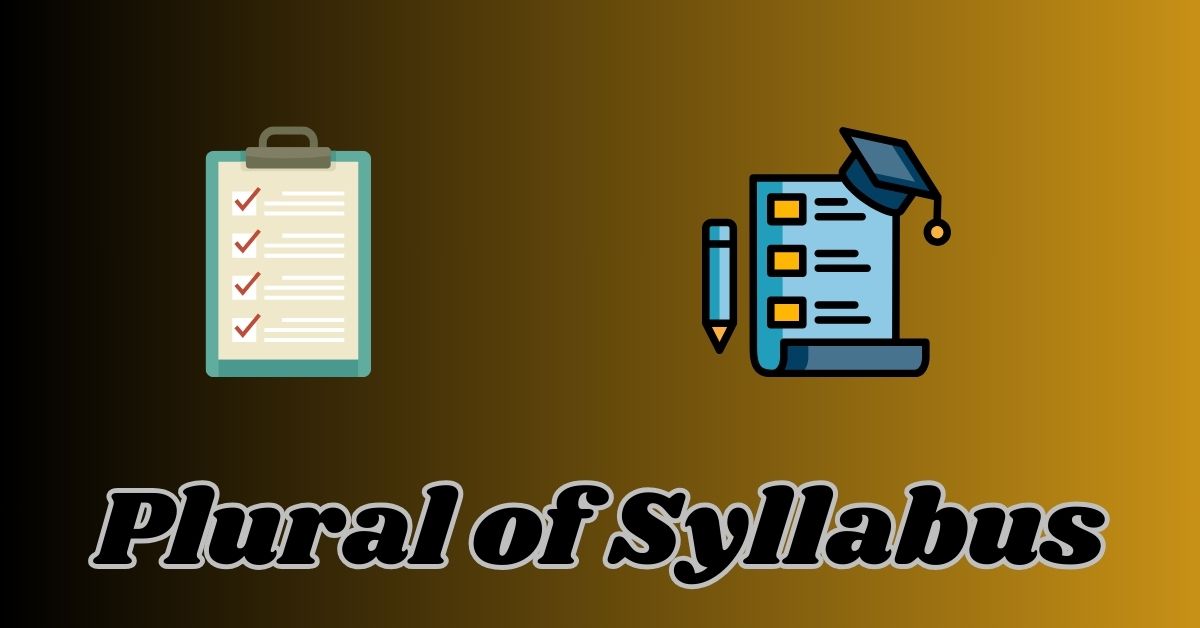What’s the Plural of Syllabus? This question often puzzles students and educators alike. Understanding whether to use syllabuses or syllabi can enhance clarity in academic communication.
A syllabus serves as a vital document that outlines course expectations, including learning objectives, grading policies, and essential course materials. Knowing the correct plural form not only reflects a strong grasp of language but also helps in navigating the educational landscape effectively.
In this article, we will explore the nuances between these two plural forms, their definitions, and their usage in various contexts. By the end, you’ll feel confident in using the right term in your academic discussions.
Quick Summary
In this article, we delve into the question, What’s the Plural of Syllabus? We explore the two accepted forms: syllabuses and syllabi. Understanding when to use each term is essential for effective communication in academic settings.
We will examine their definitions, usage examples, and the context in which each form is appropriate. By clarifying these terms, we aim to enhance your confidence in academic writing and discussions
Plural of Syllabus
“Syllabus” refers to a document that outlines the key elements of a course. This includes the course description, learning objectives, grading policies, and other important details like academic integrity guidelines.
When it comes to the plural form, both syllabuses and syllabi are accepted, but their usage can vary based on context. In American English, you might find syllabuses used more frequently, while syllabi are often preferred in formal academic writing.
Understanding Syllabuses or Syllabi
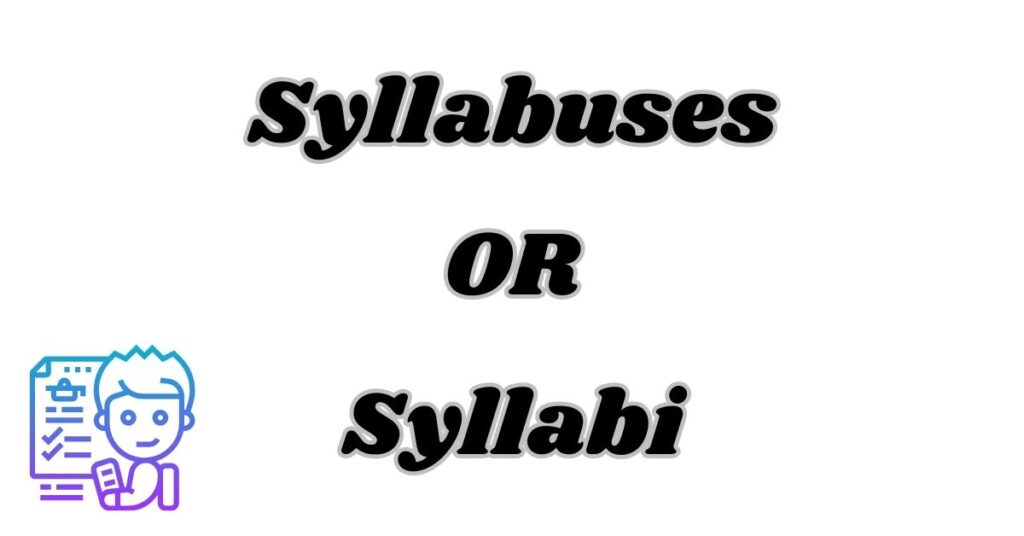
To clarify when to use each term, it helps to consider your audience. If you’re writing for a general audience or in a less formal context, using syllabuses is perfectly acceptable. However, if you are in an academic setting or writing for scholarly publications, opting for syllabi may lend your work more credibility. Both terms serve the same purpose but cater to different contexts.
Some Nouns Ending with ‘-us’ and Their Plurals
Many nouns in English end with “-us” and follow unique pluralization rules. For instance, “cactus” becomes “cacti,” and “focus” changes to “foci.” These patterns often stem from Latin origins.
Understanding these transformations can help in mastering English vocabulary. Knowing how to pluralize these nouns correctly is essential for clear communication, especially in academic contexts where precision matters.
Origins of the Word “Syllabus”
The word syllabus first appeared in the 1650s, referring to an abstract or table of contents for lectures. It derives from the Late Latin term syllabus, which means “list.” Interestingly, this term originated from a misreading of the Greek word sittybos, meaning “parchment label” or “table of contents.”
The confusion arose in a 15th-century edition of Cicero’s letters. Although syllabi are the proper plural form, both syllabuses and syllabi are commonly used today in academic contexts to refer to multiple course outlines.
Syllabuses: Definition and Usage
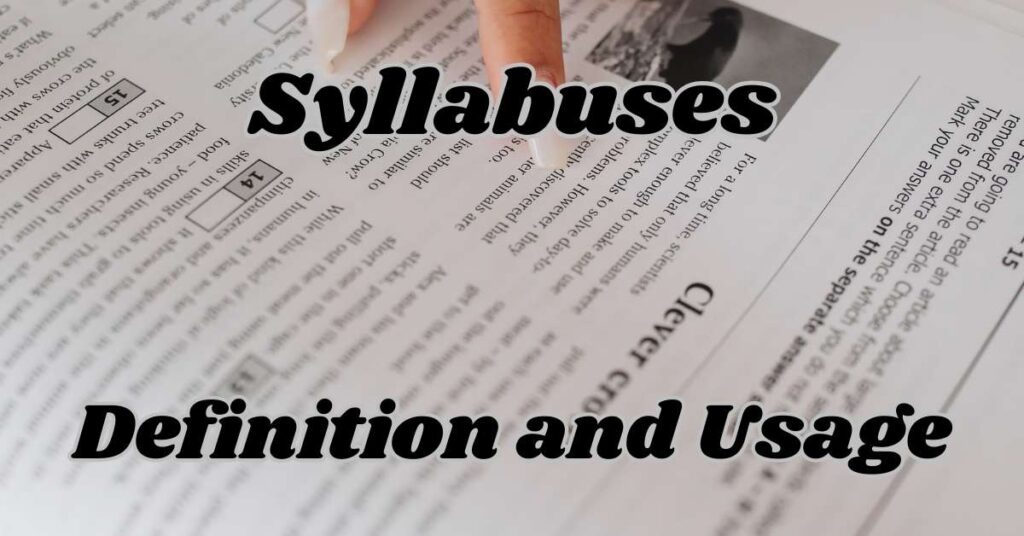
When we talk about syllabuses, we refer to multiple course outlines that detail what students can expect throughout their studies. These documents typically include essential components such as the course schedule, required readings, and contact information for instructors.
In practice, you might say, “The professor provided us with our syllabuses at the beginning of the semester.” Here, it’s clear that multiple course outlines are being discussed.
What is Syllabus?
A syllabus is a crucial document that outlines the essential details of an academic course. It typically includes topics to be covered, assignment due dates, and grading policies. This document serves as a guide for students, helping them understand what is expected throughout the course.
Instructors provide syllabi at the beginning of a term, ensuring students have all the necessary information to succeed in their studies.
Syllabuses Usage
Syllabuses refer to multiple course outlines. In everyday conversation, you might hear someone say, “I reviewed my syllabuses to prepare for finals.” This usage emphasizes the importance of having clear and organized information about various courses.
Using syllabuses can make communication easier, especially when discussing multiple classes or subjects in an academic setting.
Synonyms for the Word “Syllabus”
Here are a few synonyms for the word “syllabus”, categorized into formal and informal terms:
Formal:
- Course Outline
- Curriculum
- Academic Outline
- Course Plan
- Course Description
- Program of Study
- Course Framework
- Learning Guide
- Educational Syllabus
- Assessment Guidelines
Informal (use with caution):
- Course Cheat Sheet
- Class Roadmap
- Study Guide
- Class Overview
- Game Plan
- Class Blueprint
- Course Map
- Lesson Plan
- Study Timeline
- Class Notes
Feel free to use these synonyms according to the context in which you’re writing.
Syllabi: Definition and Usage
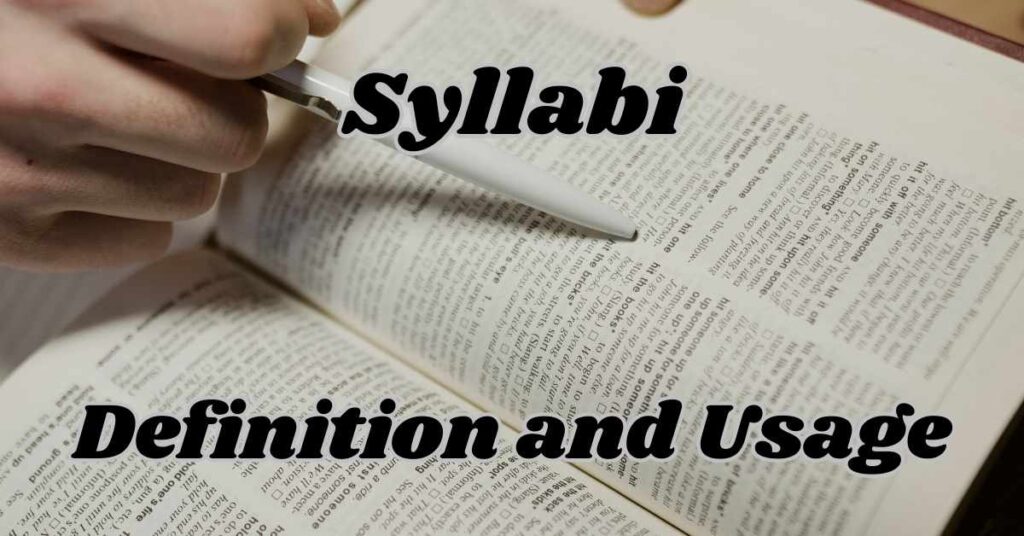
Syllabi is the plural form of syllabus, often used in formal educational contexts. This term conveys a sense of professionalism and is commonly found in higher education settings.
For example, one might say, “The university requires all professors to submit their syllabi by the semester’s end.” This usage highlights the importance of structured course documentation in academia.
What about Syllabi?
Syllabi is a less common plural form derived from Latin but is rarely used today. Most people stick with syllabuses or syllabi for clarity and ease of understanding.
While it may appear in some academic discussions, it’s best to avoid using syllabi unless you’re certain your audience will understand it. Sticking to the more widely accepted forms ensures effective communication.
Side by Side Comparison: “Syllabuses or Syllabi”
| Aspect | Syllabuses | Syllabi |
| Usage | Commonly used in American English | More formal; preferred in academia |
| Context | General education | Higher education |
This table illustrates key differences between the two forms and helps clarify when each should be used.
Everyday Usage Examples
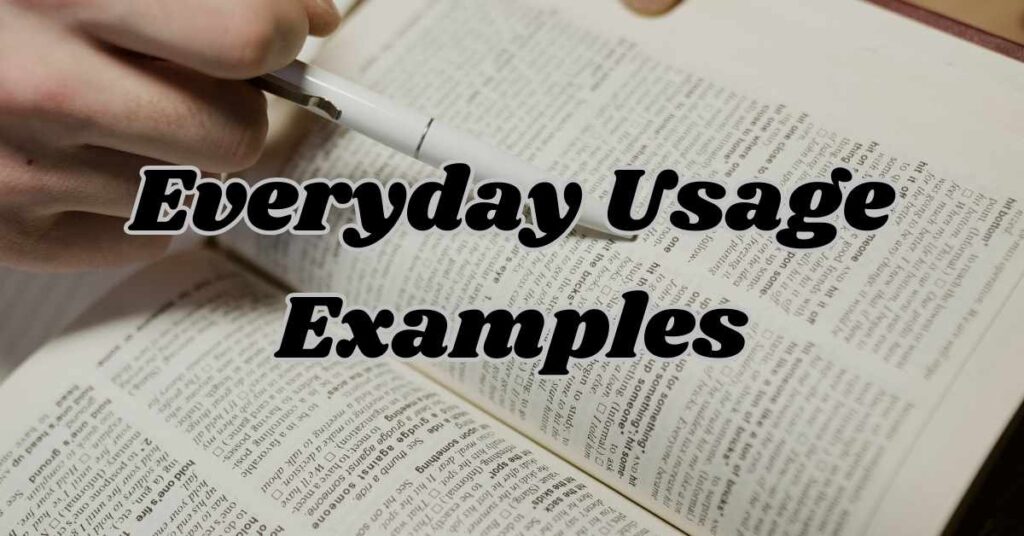
In casual conversations about education, you might hear phrases like, “I have three different syllabuses this semester.” Alternatively, someone might say, “My professor handed out her syllabi during orientation.”
Both sentences effectively communicate similar ideas but cater to different levels of formality. These examples illustrate how both forms are integrated into everyday academic discussions.
Examples of Syllabus in Context (Singular and Plural)
When using “syllabus” in singular form, one might say, “The syllabus includes important dates for assignments.” In contrast, when discussing multiple documents as “syllabuses,” you could state, “All our syllabuses were updated this year.” Finally, using “syllabi,” you might express that “The syllabi were distributed at the start of each class.”
Singular (“Syllabus”)
In a sentence: “The syllabus for my history class outlines the major topics we will cover this semester.” This example highlights how the singular form serves as a comprehensive guide for students, detailing important aspects of the course structure and expectations.
Plural (“Syllabuses”)
For instance: “The school provided all the syllabuses at the beginning of the term.” Here, syllabuses refer to multiple course outlines, indicating that students receive detailed information for various classes simultaneously, which helps them plan their studies effectively.
Plural (“Syllabi”)
An example could be: “The professor distributed the syllabi during orientation week.” In this context, syllabi emphasize a more formal tone, suitable for academic discussions where multiple course outlines are shared with students to clarify expectations and requirements.
Syllabi Example

For instance, consider this sentence: “Each syllabus must clearly state learning objectives and assessment guidelines.” When discussing multiple courses, you could say, “The syllabi were distributed at the start of each class.” These examples show how both terms can be used interchangeably while maintaining clarity in academic contexts.
More Article: Greatful or Grateful: What’s the Difference?
FAQs: Syllabuses or Syllabi
Is it syllabuses or syllabi?
Both syllabuses and syllabi are correct plural forms of syllabus, with syllabuses being more common in American English.
Why is it called syllabi?
The term syllabi comes from the Latin plural of syllabus, reflecting its academic roots and formal usage in educational contexts.
What is a college syllabi?
A college syllabi outlines course details, including topics, assignments, grading policies, and important dates, guiding students throughout the semester.
How do you pluralize syllabus?
You can pluralize syllabus as either syllabuses (English form) or syllabi (Latin form), depending on the context and audience.
Conclusion
Understanding the difference between syllabuses vs syllabi is essential for effective communication in academic settings. Both terms serve as plural forms of syllabus, with syllabuses being more common in everyday use and syllabi preferred in formal contexts.
Choosing the appropriate term can enhance clarity and professionalism in your writing. Whether you opt for syllabuses or syllabi, knowing how to use them correctly will help you navigate your educational journey with confidence and precision.
Related Post: Purposed vs Proposed: What’s the Difference?

